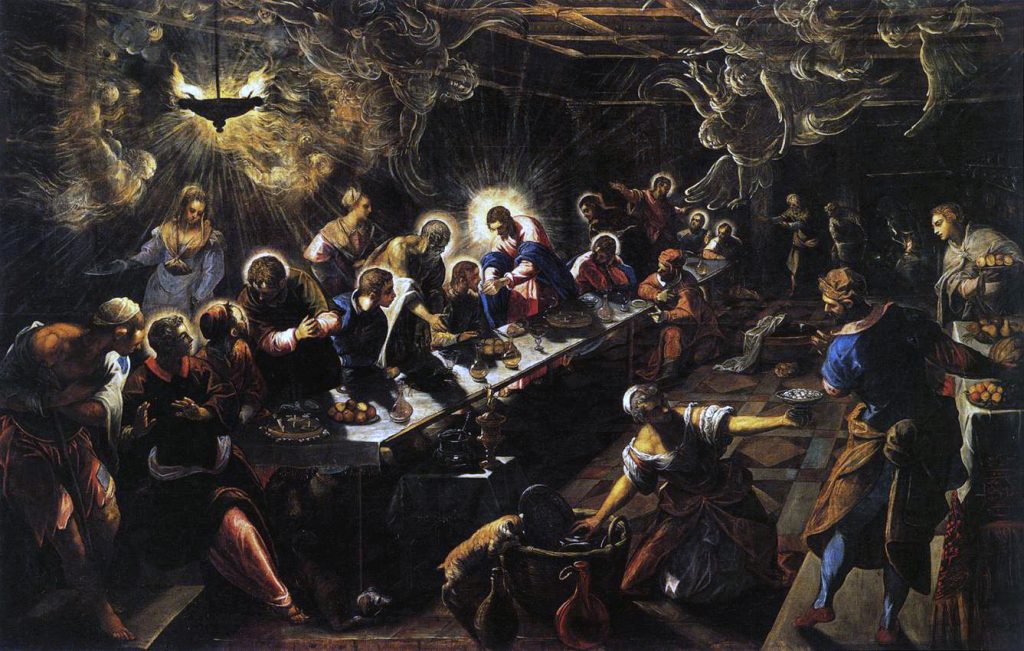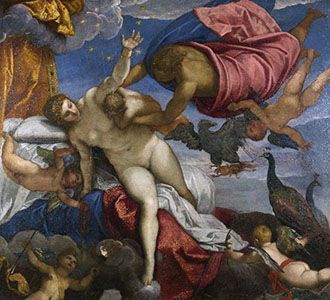Tintoretto (born c. 1518, Venice Italy – died May 31, 1594, Venice) is a well known Mannerist artist from Italy’s venetian school. Tintoretto, otherwise known as Jacopo Robusti, took the name tintoretto because of his fathers profession as a dryer (tintore meaning little dryer in Italian). His work was often termed as unique and included muscular figures, dramatic gestures, and bold use of perspective. Tintoretto loved to create pieces where the energy of the human body is in motion creating perspectives to enhance the dramatic scene.
A few of Tintoretto’s paintings were The Vulcan Surprising Venus and Mars, The Mannerist Christ and The Adulteress Last Supper. Though little is known in Tintoretto’s life, his style emerged from studying pictorial elements by Titan and formal elements of the Tuscan school, heavily influenced by Michelangelo. He wanted to fuse the use of colour in Titans art style with Michelangelo’s energized forms.



Tintoretto’s exercises mostly came from nature, statues and small wax models with different lighting which resolved his form and light which he struggled in. He often was known for his incredible speed with the boldness of his brushwork, therefore being called Il Furioso (the furious). Throughout Venice, Tintoretto is highly discussed and appreciated, his complex venetian art contributed to create himself the face of the city. He was not only a proponent of the city’s life, of Venetian art’s sacred and profane complicated artistic evolution, but also of the mythology of a civilization that shaped the dramatic history of 16th-century Italy.


Leave a Reply